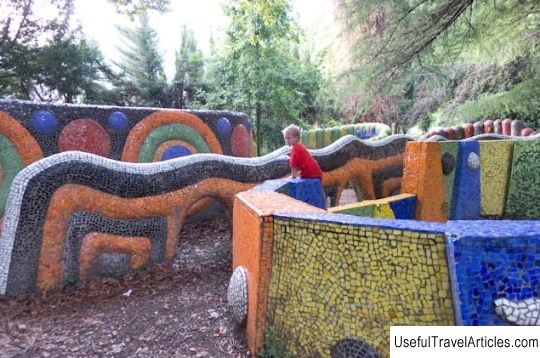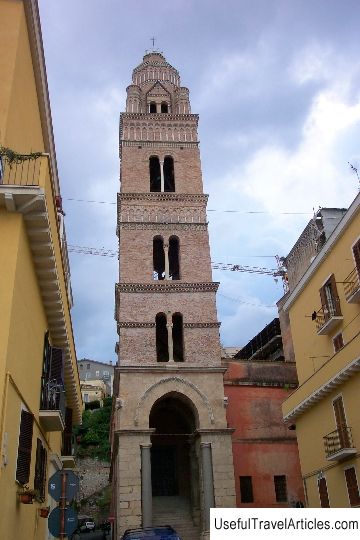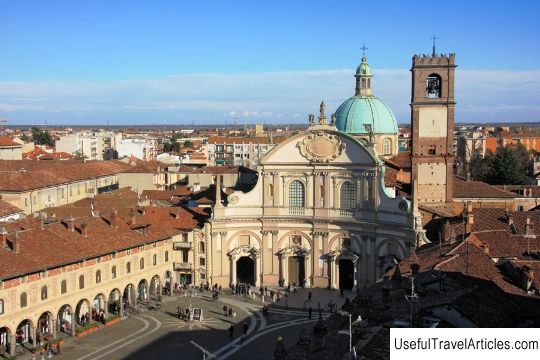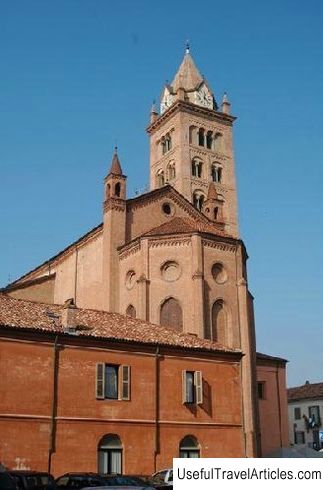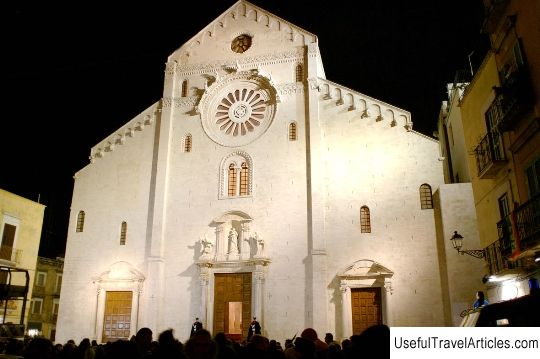Cathedral of St. Andrew (Cattedrale di Sant'Andrea) description and photos - Italy: Amalfi
Rating: 8,6/10 (2093 votes) 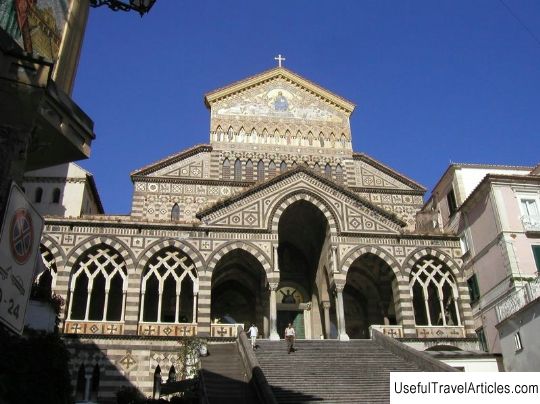
Cathedral of St. Andrew (Cattedrale di Sant'Andrea) description and photos - Italy: Amalfi. Detailed information about the attraction. Description, photographs and a map showing the nearest significant objects. The title in English is Cattedrale di Sant'Andrea. Photo and descriptionThe Cathedral of St. Andrew the First-Called is perhaps the main attraction of the famous Italian resort of Amalfi, located at the top of a staircase overlooking the main city square, Piazza Duomo. The grandiose building was built in the 11th century in a unique Norman-Byzantine style, and in the following centuries it was supplemented with elements of Gothic and Baroque. A staircase of 62 steps leads to the cathedral's monumental main entrance, which abuts against a mosaic facade decorated with arcades and geometric ornamentation. The facade was reconstructed in the 19th century. The bronze doors of the cathedral were specially made in Constantinople in 1065 and decorated with silver inlays with images of Christ, the Virgin Mary and saints. To the left of the building of the temple adjoins the so-called "Paradise courtyard" - Chiostro del Paradiso, which is actually a cemetery. It was founded in the 13th century for the noble inhabitants of Amalfi, and today it is considered one of the architectural masterpieces of southern Italy. The cemetery's courtyard is lined with palm trees and flowers and is decorated with graceful interlocking arches in the Arab-Byzantine style. The walls and fragments of the old church are decorated with geometric patterns and mosaics depicting scenes of the crucifixion. The mosaic in the 14th century was made by a pupil of the great Giotto, Roberto d'Oderisio. Also worth noticing is the 12th century bell tower, which stands on Romanesque foundations and topped with domes. At the end of Chiostro del Paradiso there is a chapel that leads to another, more ancient basilica from the 9th century. The latter, bearing the name of the Basilica of the Crucifixion, consists of a central nave, two aisles and a high apse. Today, within the walls of this basilica, there is a museum, which exhibits old sarcophagi, sculptures, jewelry and other exhibits. From the basilica you can get to the crypt of St. Andrew the First-Called, in which, according to legend, rest the relics of the saint, brought from Constantinople. The crypt itself is decorated with marble statues. Finally, the cathedral itself delights visitors with its skillfully executed sculptures and painted coffered ceiling. In the chapel to the left of the entrance there is a red porphyry font, which was probably brought here from the ancient city of Paestum. It is also worth paying attention to the mother-of-pearl cross, which was donated by the inhabitants of Jerusalem to Amalfi in 1930 for their help in the construction of a hospital in the distant 12th century.         We also recommend reading Yakutiye Madrasah (Yakutiye Medresesi) description and photos - Turkey: Erzurum Topic: Cathedral of St. Andrew (Cattedrale di Sant'Andrea) description and photos - Italy: Amalfi. |
